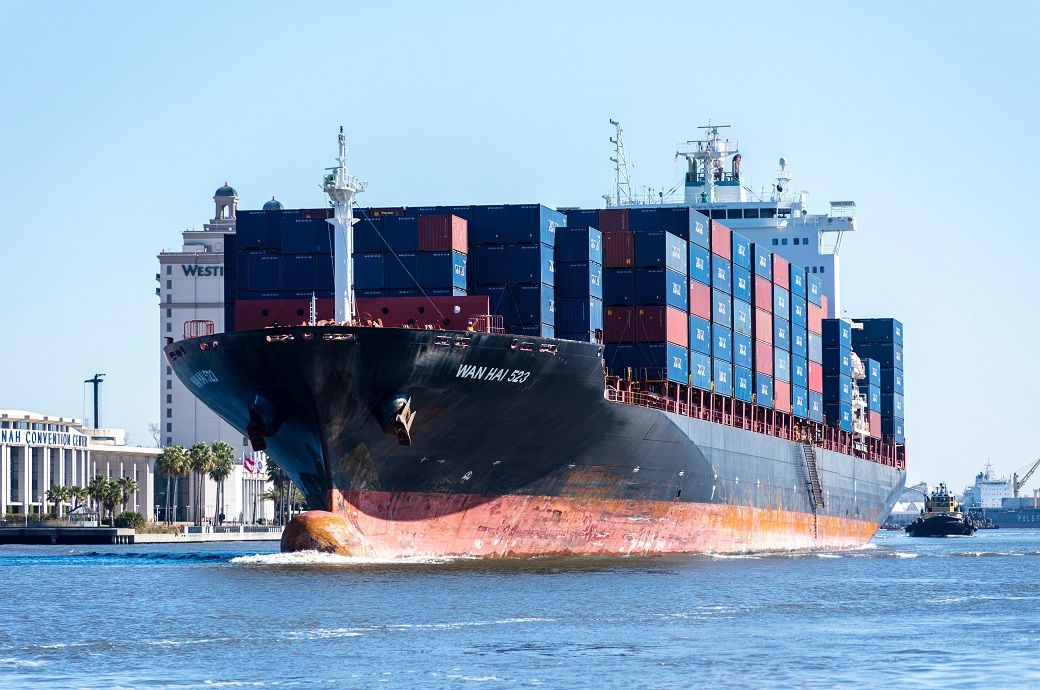
The Port of Los Angeles processed 716,619 Twenty-Foot Equivalent Units (TEUs) in May 2025, marking a 5 per cent year-on-year (YoY) decline and its lowest monthly cargo volume in over two years. The downturn follows 10 consecutive months of growth and reflects growing strain from newly imposed tariffs affecting both imports and exports.
Imports for the month totalled 355,950 TEUs—down 9 per cent compared to May 2024—while exports fell 5 per cent to 120,196 TEUs. Although the port saw a 2 per cent rise in empty container movement, The Port of Los Angeles said in a media release.
Despite May’s slowdown, the port handled over 4 million TEUs in the first five months of 2025, up 4 per cent from the same period last year.
“While May volume is typically stronger than April as we approach our traditional peak season, our imports dropped 19 per cent compared to last month. Unless long-term, comprehensive trade agreements are reached soon, we’ll likely see higher prices and less selection during the year-end holiday season. The uncertainty created by fast-changing tariff policies has caused hardships for consumers, businesses and labour,” Gene Seroka, executive director, Port of Los Angeles, said at a media briefing.
Ernie Tedeschi, director of Economics at The Budget Lab at Yale, joined the briefing, highlighting that Tariffs are projected to raise consumer prices by 1.5 per cent, costing households nearly $2,500 annually.
“But that impact isn’t the same across all families or products: lower-income and working-class families see a bigger hit than higher-income families, and products more likely to be imported like shoes, apparel, and consumer electronics will see double-digit percent price increases,” Tedeschi said.
ALCHEMPro News Desk (HU)
Receive daily prices and market insights straight to your inbox. Subscribe to AlchemPro Weekly!